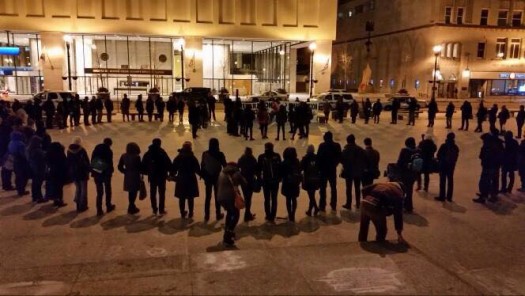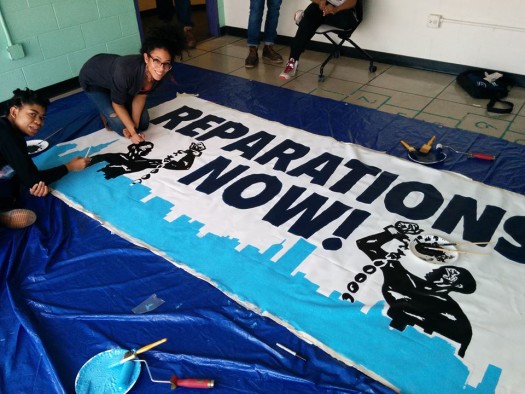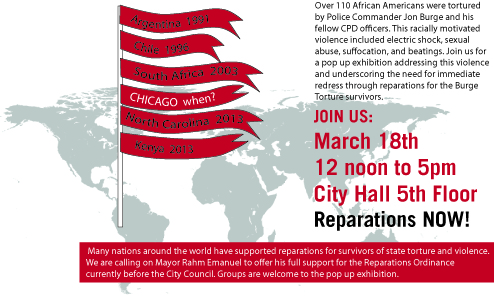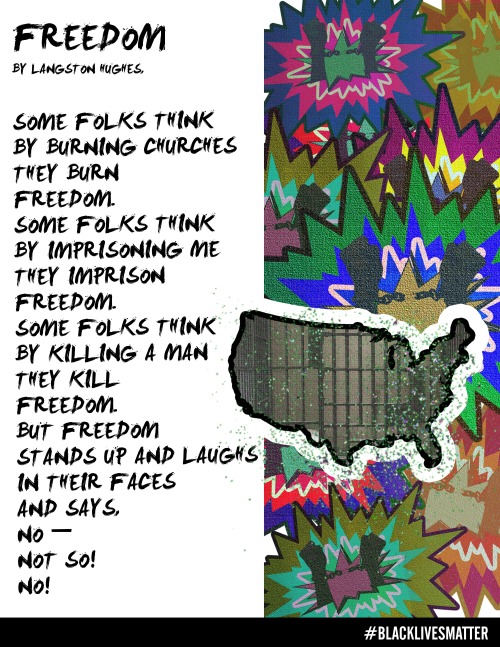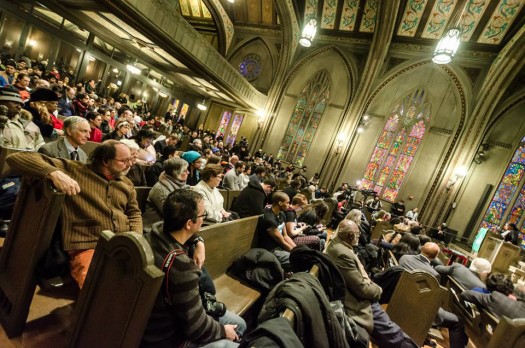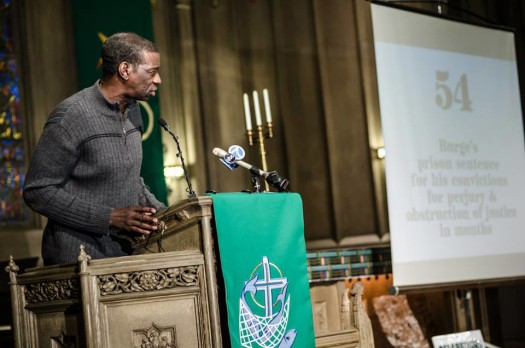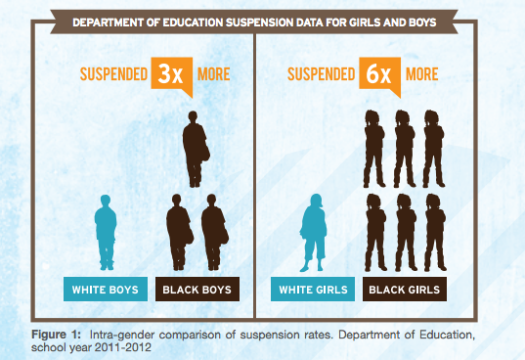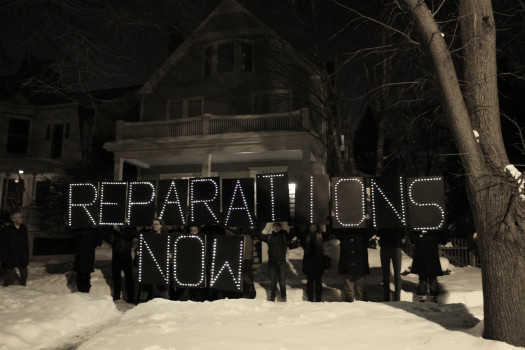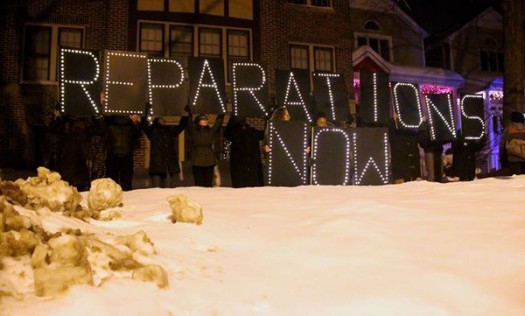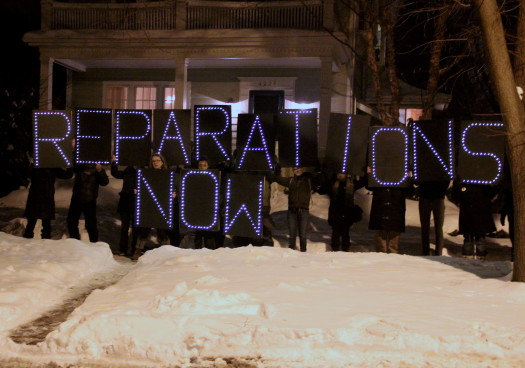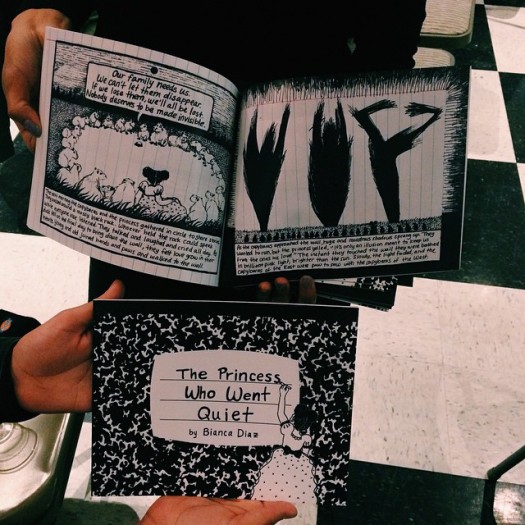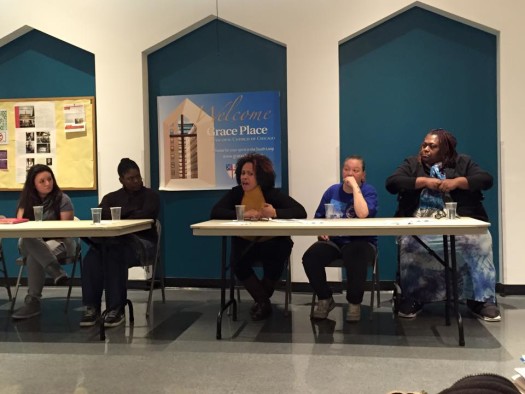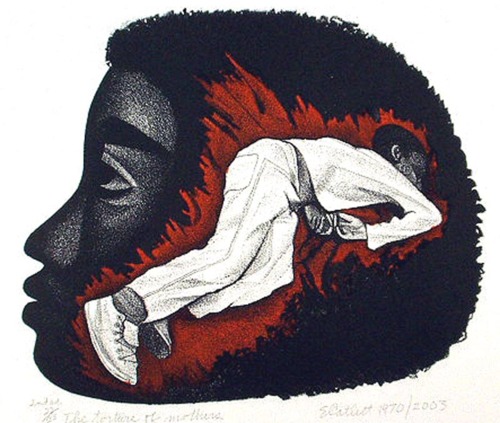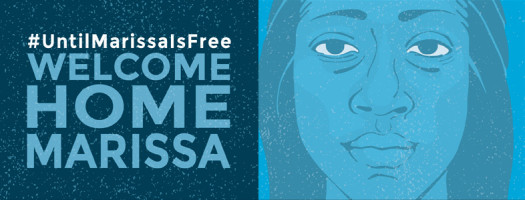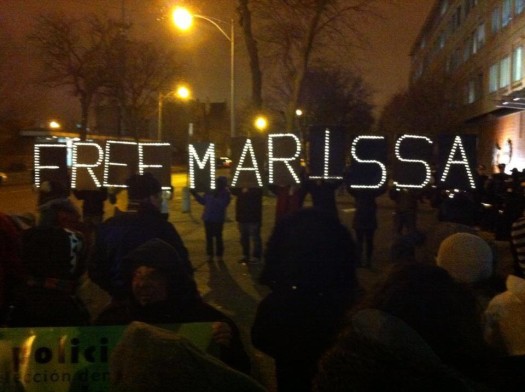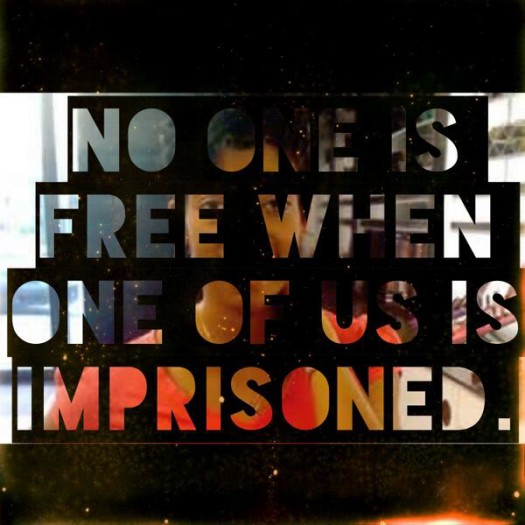Resisting the Blank Look of Defeat in the Second City
Last week, I stood beside a ‘peace’ table looking into the faces of some young Black men. I’m the featured speaker for a short Black history month program they’ve organized. I’m not sure what I’m supposed to say. All I know is that I have 5 to 10 minutes to fill. Sister Donna tells me to share inspirational words about Black culture. I’m at a loss. I wish that I had asked more questions about the event in advance. I rack my brain and decide to improvise. I talk about how I became politicized about the criminal punishment system. I tell a story.
As I talk, I stress the importance of affirming that Black is in fact beautiful. I talk a lot about resistance. I look into the eyes of some of the young men standing in a semi circle around me. I wonder if my words resonate. I end my speech with words written by Assata Shakur which have been popularized through the ongoing Black lives matter protests:
“It is our duty to fight for our freedom. It is our duty to win. We must love each other and protect each other. We have nothing to lose but our chains.”
We chant the words in unison. Our voices becoming progressively louder and stronger. I am finished. The young man who had introduced me then asks a question: “What stood out to you from Ms. K’s speech?” He quickly adds: “Or feel free to share any other thoughts.” He points to a talking piece on the ‘peace’ table and I hand it over to the young man to my left who promptly passes it on to the young man next to him like it’s a hot potato.
My stomach drops. I’m now silently dreading the responses. Then the young man holding the talking piece says that he appreciated my emphasis on the need to keep fighting to resist oppression. I feel my shoulders begin to drop from my ears. The tension in my gut dissipates as more people share their comments and thoughts. One young person says that he had never thought to connect Mike Brown’s body lying in the street for hours with lynching. He offered that dead bodies lie for hours in his neighborhood and that he would have a new perspective from now on. Another young man mentioned that he appreciates chanting Assata’s words which he has never heard before. More people speak. One young person says that he thought it was impossible to beat the system but that my opening story made him reconsider.
All of the young Black men in his group have been or are in conflict with the law. The program that they are part of focuses on using restorative justice as the basis for relationship-building and transformation. Some of the young men in the circle wear the blank look of defeat like a second skin. A few words won’t change that, I know. But I hope that a few sparks are ignited. I hope.
As I am driving North leaving Back of the Yards, my phone rings. It’s a voice that I know but can’t place: “It’s Jeff*,” the voice says. I’m taken back 3 years. Suddenly, I’m not in my car but sitting across from Jeff at Burger King. His sister is next to me. We’ve just come from the police station.
Jeff was arrested with a friend for basically being young and Black while standing on the street. When I arrive at the station with his sister, we’re told that he’s being released with an informal station adjustment. Those are still considered arrests that stay on one’s record. When we first see Jeff walking toward us, he appears to have shrunk two inches. Shoulders slumped and head bowed, he’s not looking at us. I ask if he is OK. He mumbles something indecipherable. I ask if he is hungry and he shrugs. I interpret this as a yes. As I stare at him across the table, he too wears the blank look of defeat. I wish that he would show a flash of emotion: anger, sadness, anything. But he just looks so tired, wrung out, resigned. He seems to have no fight left.
Jeff and the young men who I met last week are the victims of a police department in this city that routinely brutalizes and crushes black people. It’s the daily, relentless breaking of spirits and of people that is so routine it doesn’t garner a single paragraph in any local newspaper.
I am so happy to hear Jeff’s voice. I ask how he is doing and he replies: “I wanted to call to say that I’m not broken. I’m OK, Ms. K. I was thinking of you, I think of you often and I wanted you to know. I’m OK.” I’m on Lakeshore Drive and I need to pull over but I can’t. So I just sob on the phone. I tell him that I am so happy to hear his voice and to know that he is OK. We talk for a bit longer and promise to keep in better touch.
Yesterday, I stood in a semi-circle in the Chicago cold listening to mostly young Black people speaking about resilience, struggle, history, rage, and love. I look into their faces and there is no defeat in their eyes. I wish that the young men I spoke to last week were here, standing beside me. I wish they could hear Ethan’s clarion call of resistance. Shut it down, he shouts. We in the crowd yell back, Shut it down. We’ve gathered to protest ongoing Chicago police torture. We’ve come together to demand reparations for Jon Burge’s torture survivors.
This is beautiful resistance. Before we break for the night, we form two circles: one large one and one in the middle made up of those whose voices must be centered in this struggle (young black people, torture survivors, Native Americans, and more). We are holding hands and together we chant:
“It is our duty to fight for our freedom. It is our duty to win. We must love each other and protect each other. We have nothing to lose but our chains.”
